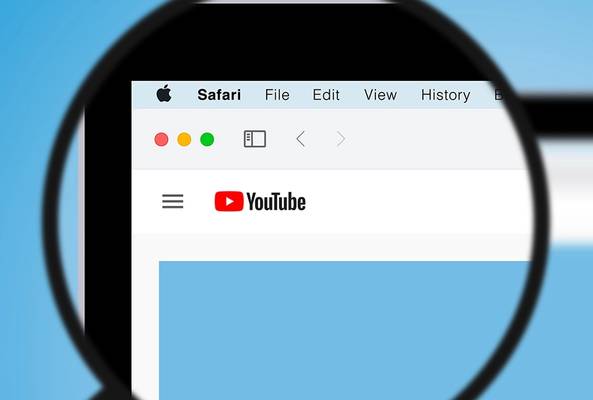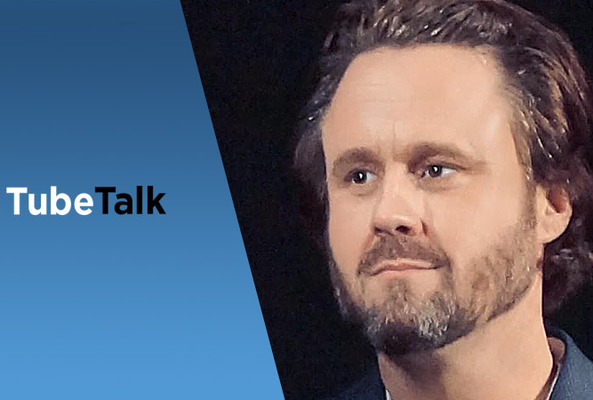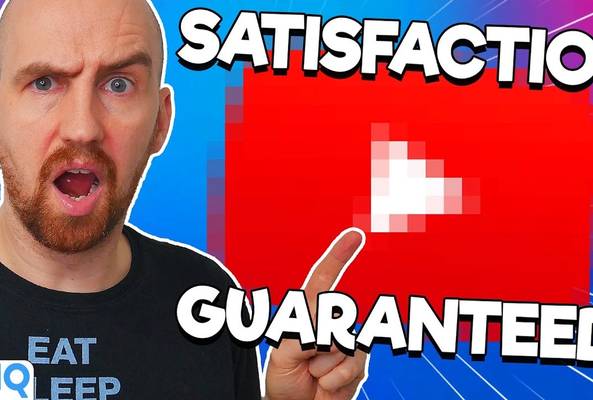Lydia Sweatt is a writer who loves balancing her article/blog time indoors with a healthy dose of nature. She bikes, hikes, and identifies edible plants along the way.
5 Secrets You Didn’t Know About the YouTube Algorithm
Does it feel like the YouTube algorithm is ignoring your small channel?
We hate to bring bad news, but you might be right. There's a chance YouTube is ignoring your content.
It's probably not for the reasons you think, like the algorithm changing or YouTube favoring large, popular channels. More than likely, you need to know how the algorithm works in 2022 to start getting more views.
We hate to see so many channels stall out, so we asked Todd Beaupre, director of product management at YouTube, how to stop it. As he explained the algorithm, we learned five secrets creators must know to grow an audience.
So if you want to turn your small channel into a large one, keep reading for some YouTube algorithm hacks!
Secret No. 1: The Algorithm Serves the Viewer, Not the Other Way Around
Spoiler: Many people know this secret already. They realize the YouTube algorithm is a recommendation system; its job is to observe what people watch and suggest similar videos.
But while many people know this, plenty of creators don't have that information. Some think the algorithm or video creators decide what people watch, but that's not true.
"The main job of the algorithm is to serve the user when they show up," Beaupre says. "A lot of creators think about things from the creator's perspective, like 'Oh, I make a video, and then YouTube pushes it out to a bunch of people.'"
"For the most part, recommendations and [YouTube videos from search] don't get pushed out. They're pulled from viewers."
In other words, viewing patterns on YouTube influence the algorithm. You can post thousands of high-quality videos, but they'll only get views if they appeal to a specific audience.
Secret No 2: The Algorithm Uses Watch History to Recommend Videos
So far, we've learned that viewers determine what they like, and the algorithm delivers that experience.
But that raises a few questions: How do you get your content to show up on a video suggestion list? How do you make the algorithm pay attention?
First, get your content into someone's watch history, Beaupre says. The algorithm will notice your channel as more people watch your videos.
"We use watch history as probably the most important signal we know about a viewer to figure out what they want to watch next," Beaupre says.
So if the algorithm knows Viewer A watches your videos, it may conclude that Viewer A wants to see more of your content — which is exactly what you want to happen.
Secret No. 3: The Algorithm Looks at Titles and Descriptions When You Have No Views/Subscribers
Every channel has to start somewhere, and YouTube knows this. That's why new channels with no behavioral data, such as watch history, are analyzed for their metadata instead.
"I would say YouTube search is probably the first place for fresh videos," Beaupre says. "You upload a brand new video around Minecraft, [for example], and we're going to consider that video when someone searches for Minecraft based on the title and description."
So if you're a new creator with no views or subscribers, optimize your videos to get the algorithm's attention. Do some keyword research, then use those insights to write engaging video titles and descriptions.
Secret No. 4: Sometimes Your Niche Is too Competitive
We typically say there's an audience for every interest, especially on YouTube. But what if millions of people create videos on the same topic? That makes it harder to stand out no matter what you do.
Beaupre's advice? Take the road less traveled.
"I would discourage creators from trying to compete in the most competitive spaces in the word," he says. "Rather than go after the Minecraft query, for example, you might want to find a niche that isn't already being served by a million other videos."
You can start by finding trending topics for your YouTube videos. Go to Google Trends and research people's interests, or head to platforms like TikTok and Twitter to discover subcultures in various niches. If you can find an underserved community, you'll be one step closer to finding your niche.
Secret No. 5: Don't Rely on YouTube to Promote Your Small Channel
Remember what we said about the algorithm and watch history?
To satisfy viewers, YouTube will make recommendations that mirror what people have already watched.
Once again, that raises another question: What do you do when no one has watched your videos yet?
If you're in this situation, Beaupre says it's time to look beyond YouTube.
"I wouldn't rely entirely on YouTube as the only way to drive attention to your content," he says. "Identify other places where your content might be relevant. That could be anything from Facebook groups to Discord servers to Twitter."
"Seed your video in places where you're going to get some watch history and kickstart that signal [to the algorithm]."
That doesn't mean you should spam your videos in community forums. Be intentional about where you share videos, ensuring that A) your ideal viewers hang out there and B) your videos solve their biggest problems. That's how you do clean, effective promotion.
You won't have to do this forever, but it's a powerful way to kick off your YouTube journey.
Small YouTube Channels Benefit from These Tips
YouTube's recommendation algorithm is complicated, but we hope this post explained the trickier parts. At the very least, you should understand five things to grow a small YouTube channel:
- The algorithm serves the viewer, not the other way around.
- The algorithm uses watch history to recommend videos.
- The algorithm looks at titles and descriptions when you have no views/subscribers.
- A competitive niche = less opportunity for views.
- You can't rely on YouTube to promote your small channel, so leverage other social media.
Want to hear more advice about these tips? Watch this video to strengthen your knowledge of the YouTube algorithm.



